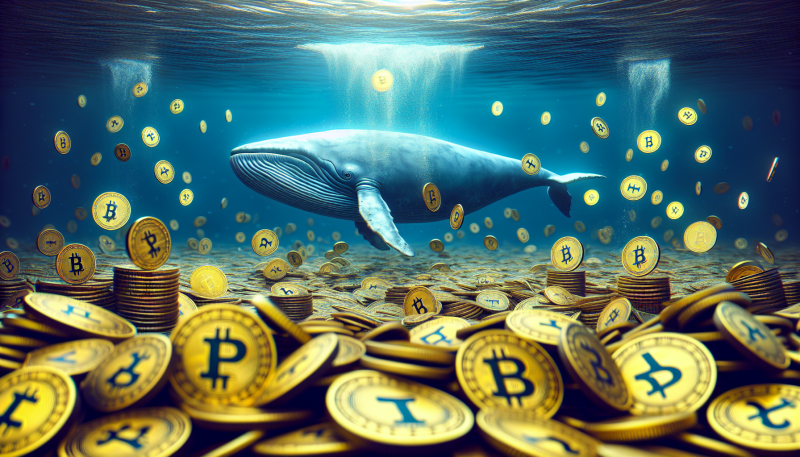What happened?
A single anonymous whale has been quietly buying Pi (PI) tokens while the market dumps, adding about 6.3 million PI last week and now holding roughly 383.3 million PI (around $103 million). PI has plunged about 91% from its February high of $2.98 and recently bounced around $0.26 after a low near $0.22. The whale’s accumulation, despite the crash, has sparked speculation it might have inside info or strong conviction about upcoming catalysts.
Who does this affect?
This matters to retail PI holders and traders who could be shaken by concentrated whales moving large sums and by the token’s extreme volatility. Major exchanges and institutional watchers are affected too, since one wallet now ranks among the top holders ahead of platforms like Gate.io and Bitget, which can influence liquidity and listing decisions. It also grabs attention from speculators hunting for catalysts and from investors shifting capital into higher-upside presales and alternative projects.
Why does this matter?
If the whale is right and has access to real catalysts (like a listing or ecosystem update), their buying could spark a wider rally and pull price off its lows, but if sentiment stays bearish PI could still slide toward $0.20, implying roughly 26% downside risk. Concentrated holdings raise market manipulation and liquidity risks, increasing volatility and making prices more sensitive to single-player moves, which changes trading strategies and risk management for others. Overall, the move can either restore confidence and attract more buyers — amplifying a bullish case — or deepen the sell-off if broader momentum stays negative, so traders should watch on-chain activity and key technical levels closely.
